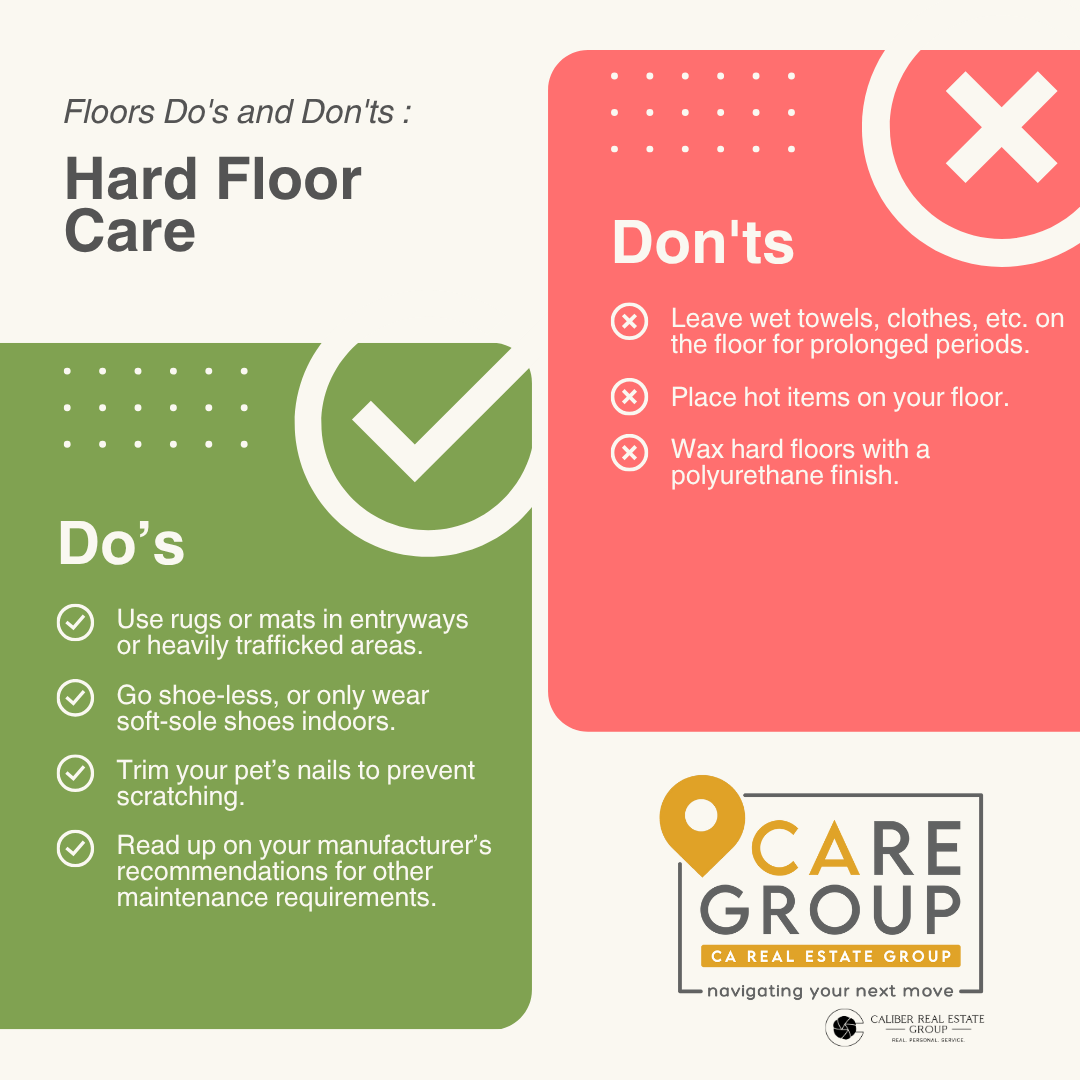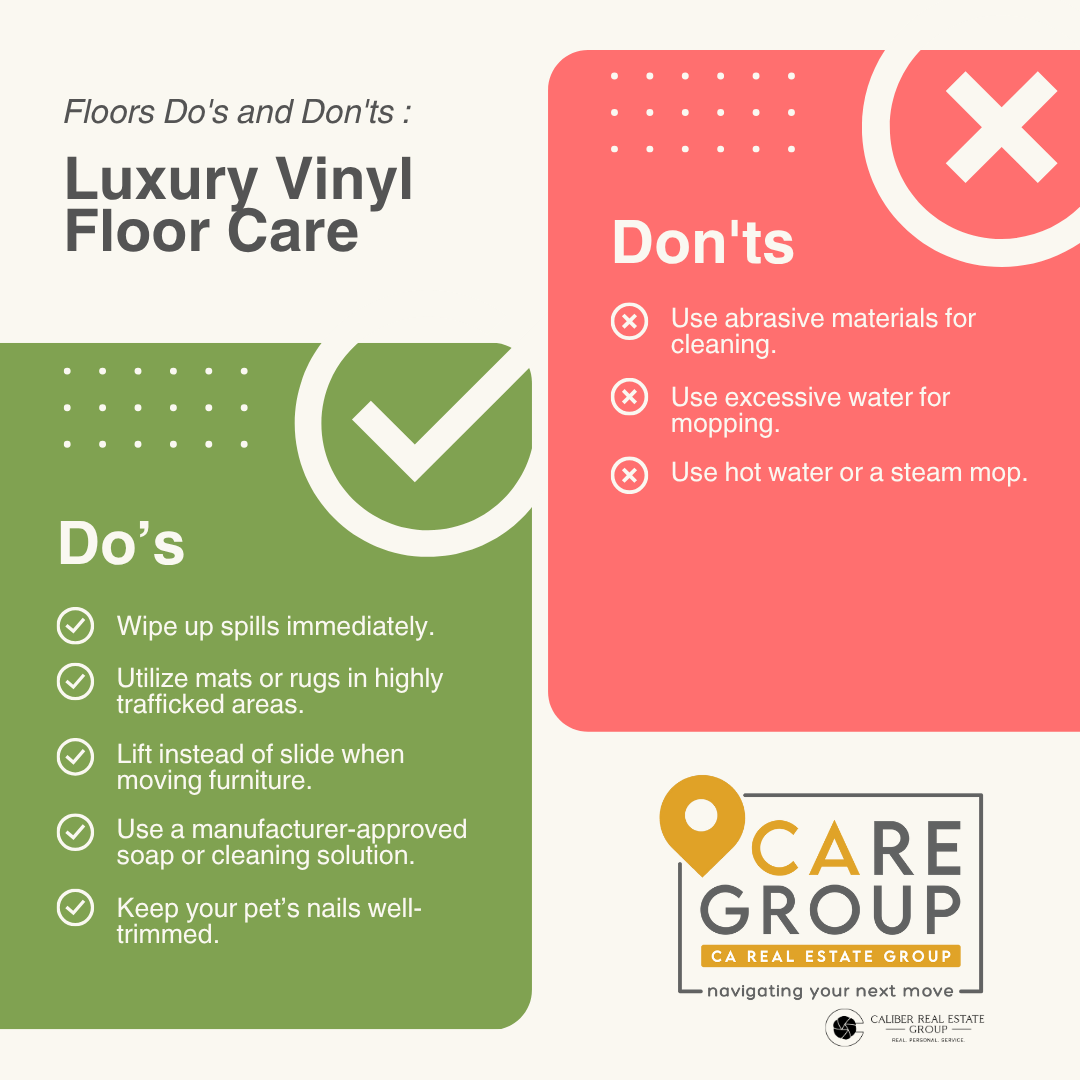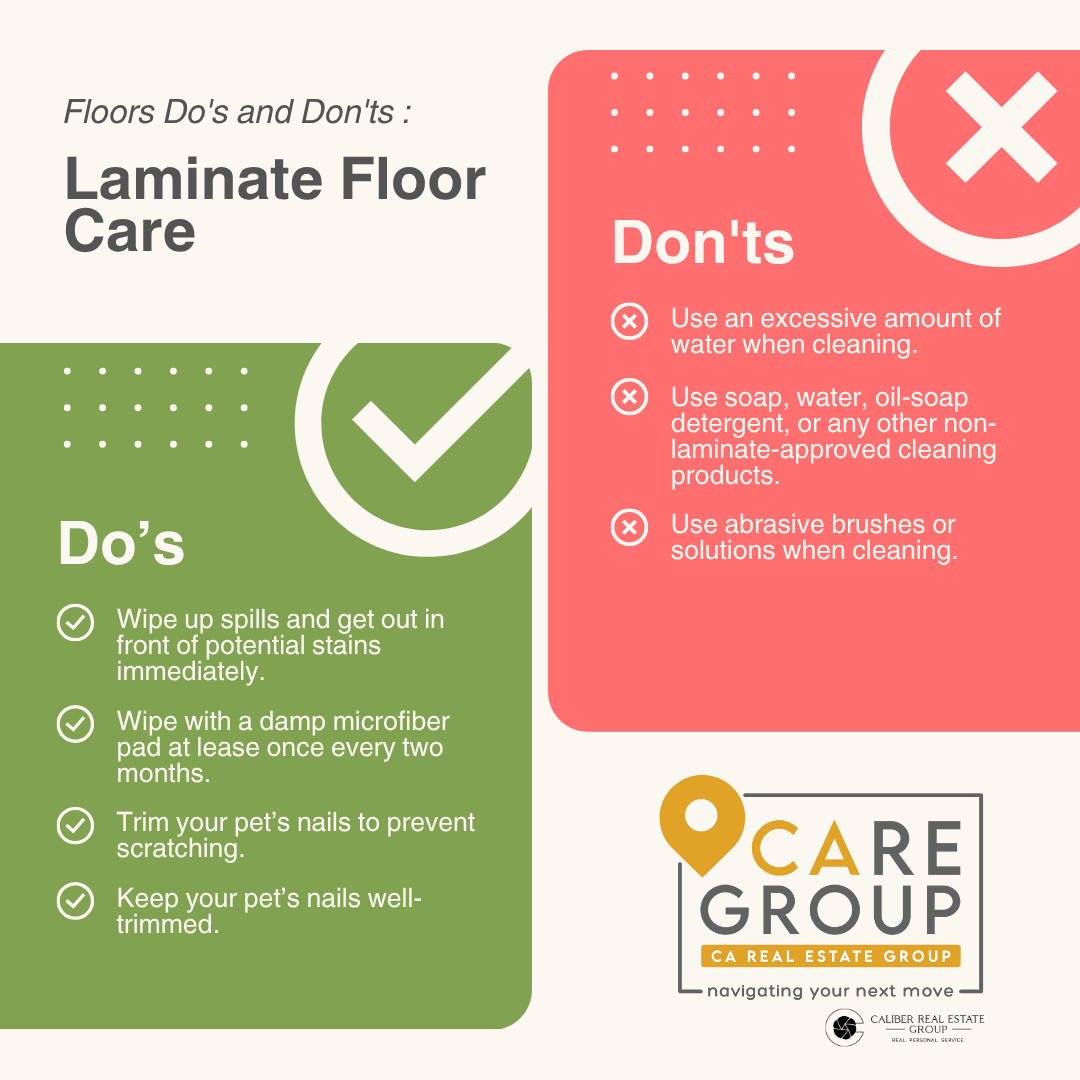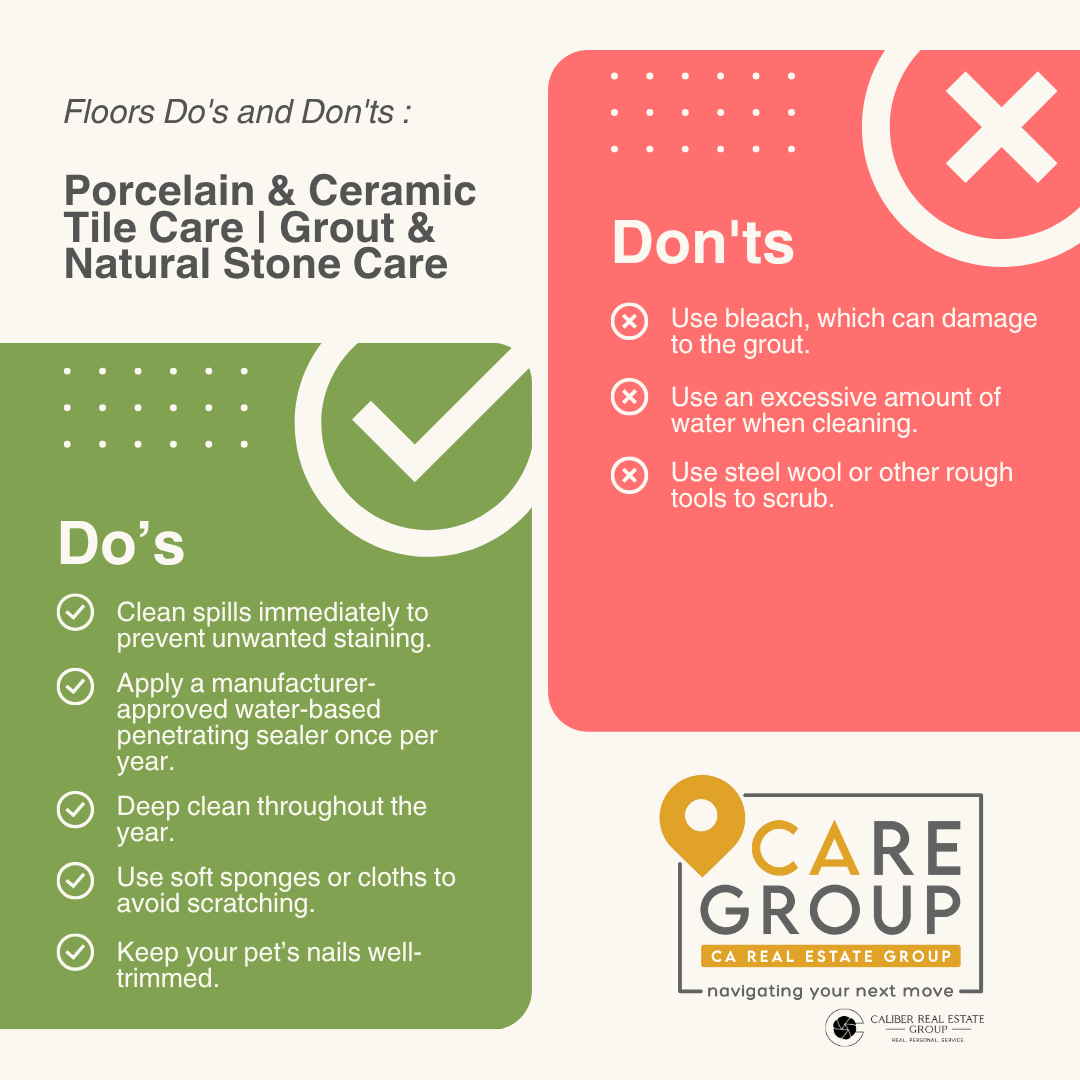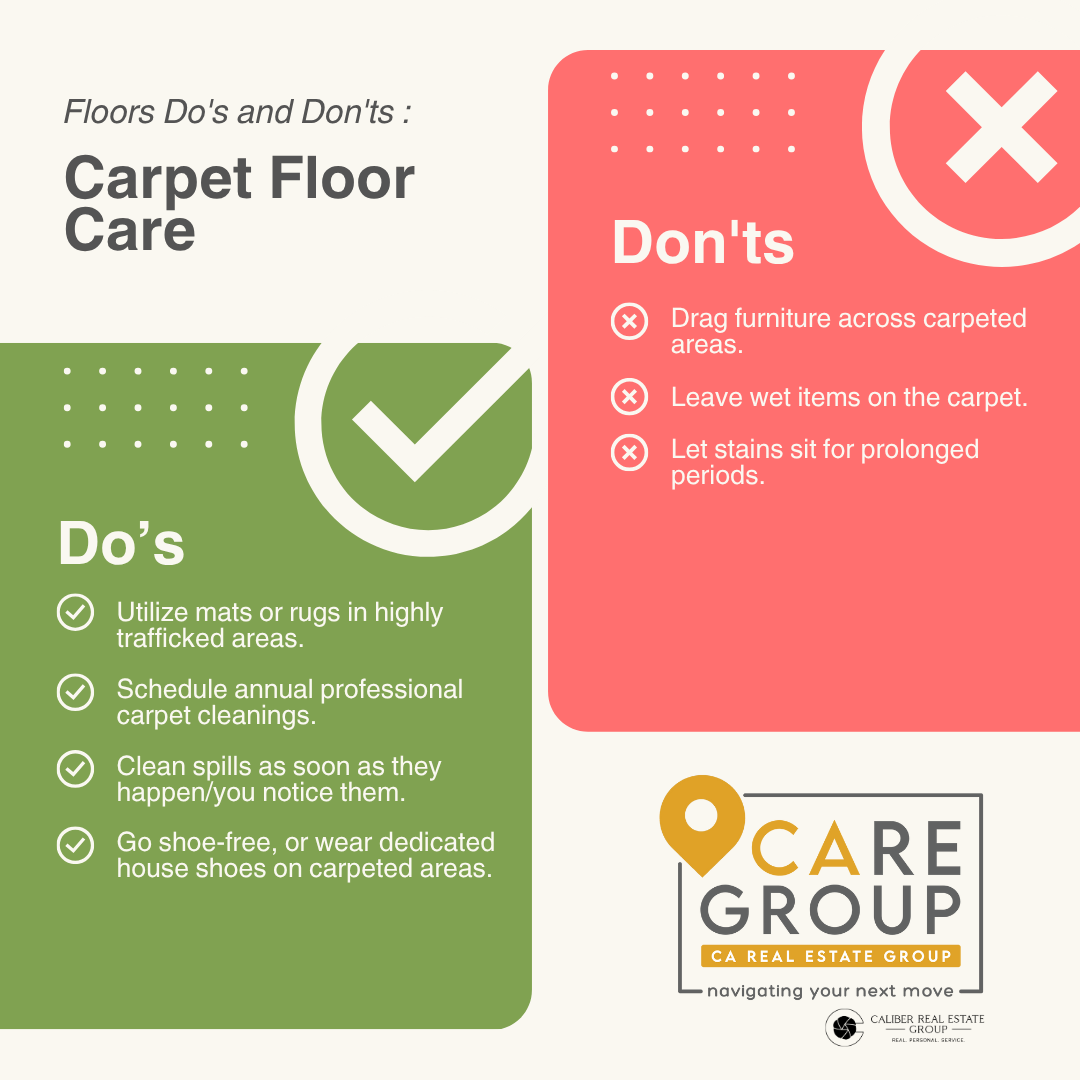Summertime is an excellent opportunity to get a head start on a few home improvement projects, but not every job benefits from the heat and humidity of the season. Bubbling paint, unsafe temperatures in the attic, and waiting for more comfortable working conditions are all reasons you should consider putting off certain jobs this summer. And before you think you’re off the hook from any DIY renovations this season, we rounded up a few that are worth focusing on now, while the weather is warm and favorable for outdoor work.
5 Projects to Skip This Summer and Save for Winter
Ron Shimek of Mr. Handyman shares his top picks for home improvement to-dos that are better left for winter. Ron Shimek is the president of Mr. Handyman, a Neighborly company, a leading provider of property maintenance, repair, and improvement services.
1. Fixture and Hardware Upgrades
While you’re spending time indoors during the winter, you might notice more things about your house that you want to change or upgrade, or you might be looking for quick and easy ways to add more interest, personality, and style to your home. Swapping out your fixtures and hardware can give your home a fresh look in a matter of minutes, and you can stay warm indoors while you work. “Upgrading light fixtures, cabinet pulls, door handles, or even installing smart home devices can significantly enhance your home’s aesthetic and functionality without being weather-dependent,” explains Shimek.
2. Insulation and Weather Stripping
Spending time in your attic messing with insulation in the summer is probably the last thing you want to do, but there are other reasons to put off this project until cooler weather arrives. In the winter, you’ll be better able to identify cold spots leaking in from damaged weather stripping and other flaws in your home’s insulation. Additionally, there will be no delay in feeling the effects of a job well done. “You’ll immediately feel the impact of improved insulation and sealed drafts as your home becomes warmer and your heating bills potentially decrease,” says Shimek.
3. Interior Painting
Painting the interior of your home during the summertime can come with a few obstacles, one of which is humidity. Moisture is a major culprit in sabotaging paint drying time. When paint doesn’t dry properly, it can lead to bubbles, cracking, and mildew issues if you’re not careful. Although Shimek says some ventilation is needed to help the paint dry during the winter, the lower humidity levels go a long way in getting walls and ceilings dry in a reasonable amount of time. Plus, the home project pro says it’s a great way to give your living spaces a fresh look during a season when you’ll be spending a lot of time inside.
4. Minor Remodels
The key here is minor, as you’ll likely spend a lot of time indoors during the winter, so whatever construction you do will likely happen while the whole family is underfoot. It is best to schedule these projects during the winter when the weather can be unstable. “These indoor projects don’t rely on good weather and can significantly improve the comfort and functionality of your home during the months you use them most,” says Shimek. Low-key bath and kitchen remodels are both projects you can move from your summertime to-do list to your wintertime schedule.
5. Dryer Vent and Chimney Cleaning
“These are crucial safety projects, especially as you begin to use your dryer more frequently and your fireplace for warmth,” says Shimek. Hiring professionals to clean your dryer vent can reduce your fire risk, while a professional chimney cleaning can prevent creosote buildup. Creosote is a tar-like byproduct of smoke from wood-burning fires that forms on the interior of the chimney. It can be a fire hazard and a health risk. Get these projects squared away early in the season to ensure your home is safe and prepared for the cold weather ahead.
5 Projects to Do Instead This Summer
When the weather is nice and you are eager for a home improvement project, get a jump on these projects that are ideal for summertime.
1. Exterior Painting
Hold off on exterior painting until days when the temperature is warm and the humidity is low. In some areas, particularly in the South, this might mean starting or completing the project early or late in the season, when the weather is moderate. These conditions are ideal for allowing paint to dry properly without cracking, bubbling, or mildew issues, says Shimek.
2. Deck and Patio Refinishing
One bonus of the summer heat is how quickly it dries surfaces, like when a sudden summer rainstorm hits and the puddles vanish before our eyes after the sun comes out. It turns out that this phenomenon is also beneficial when it comes to pressure washing, staining, sealing, and sanding patios and decks. Shimek says the warm, dry conditions help the materials dry properly, which means they should last longer.
3. Window and Door Work
Consider any window-related projects for another early- or late-season job. “Replacing windows and exterior doors is less disruptive when the weather is mild, as it exposes the interior of your home to the elements for a period,” says Shimek. He also advises replacing or repairing window screens during this time.
4. Gutter Repair and Installation
Summer is a great time to repair, install, and clean out your gutters. “With less rain and no risk of ice in summer, it’s easier and safer to work on gutters,” says Shimek. “You can clean out debris, check for leaks, and make sure there is adequate drainage before fall rains and winter snows.”
5. Landscaping Updates
If you’ve been wanting to add some new shrubs or maybe even a new paver path, summer is the ideal time to do so. “With ample daylight and favorable growing conditions, summer is prime time for enhancing your outdoor spaces,” says Shimek. Installing landscape lighting, building a garden bed, and adding a small shed are all on his list of top projects.

:strip_icc():format(webp)/IMG_2511-dab6a82e50f7485f9ddf7b207bc0d950.jpeg)









 ©2025 The Personal Marketing Company. All rights reserved. Reproductions in any form, in part or in whole, are prohibited without written permission. If your property is currently listed for sale or lease, this is not intended as a solicitation of that listing. The material in this publication is for your information only and not intended to be used in lieu of seeking additional consumer or professional advice. All trademarked names or quotations are registered trademarks of their respective owners.
©2025 The Personal Marketing Company. All rights reserved. Reproductions in any form, in part or in whole, are prohibited without written permission. If your property is currently listed for sale or lease, this is not intended as a solicitation of that listing. The material in this publication is for your information only and not intended to be used in lieu of seeking additional consumer or professional advice. All trademarked names or quotations are registered trademarks of their respective owners.:max_bytes(150000):strip_icc():format(webp)/charming-front-door-colors-9369ba2f1c1e4587a2ba04b6c1e12cb6.jpg)
:max_bytes(150000):strip_icc():format(webp)/porch-paint-color-ideas-PhotocoNatashaHabermann-b16964b2067a4291b5f0115d2283ecbf.jpg)
:max_bytes(150000):strip_icc():format(webp)/porch-paint-color-ideas-PhotobyThomasKuohforStudioMunroe-b745d264406845e598b1f2d97eeb66f4.png)
:max_bytes(150000):strip_icc():format(webp)/porch-paint-color-ideas-PhotobyNathanSchroderforMaestriStudio-482728fa985f445e9bb3aa079fd829b8.jpg)
:max_bytes(150000):strip_icc():format(webp)/porch-paint-color-ideas-PhotocoSandraCavalloforOldSilverShed-a47d1415e12345009993065d4d656294.jpeg)
:max_bytes(150000):strip_icc():format(webp)/porch-paint-color-ideas-PhotobyHectorManuelSanchezDesignbyLaurenConnerInteriors-e1976a10ee8146adbacbeccad73119a2.png)
:max_bytes(150000):strip_icc():format(webp)/porch-paint-color-ideas-PhotocoSuzyBroome-075f1ea945a8499998410bb75dacab7f.jpg)
:max_bytes(150000):strip_icc():format(webp)/porch-paint-color-ideas-PhotocoEdenHouseCo.-4b6782a5757d430a8253606b1cda559e.jpg)
:max_bytes(150000):strip_icc():format(webp)/porch-paint-color-ideas-PhotobyJannaAllbrittonforYellowPrairieINteriors-46afd812f856445dbf9a58f6c344fa8a.jpg)
:max_bytes(150000):strip_icc():format(webp)/porch-paint-color-ideas-PhotobyGloriaMcMahon-156a2249b8fe48a3ad9b09a0646ee5e1.jpeg)
